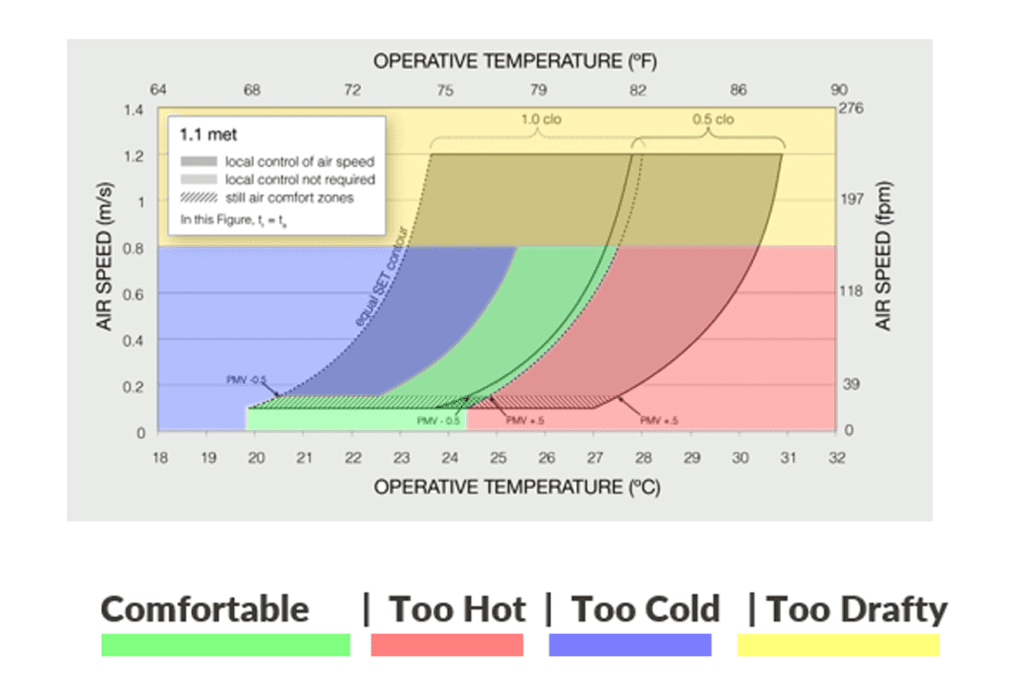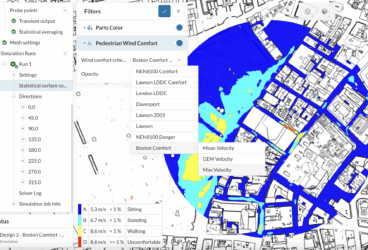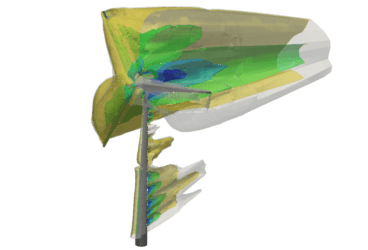In this article, we will explore the shift in anthropological habits paralleled by modern engineering developments for both indoor and outdoor spaces. As engineers worldwide are adjusting to and complying with pandemic measures, a sharper focus on improving and maintaining occupant and pedestrian safety has emerged; a step outside of the typical indoor thermal comfort zone. SimScale, as the first SaaS model of its kind enabling engineering simulation in the cloud, aims to give engineers, designers, and architects alike the tools to achieve this, with virtually infinite scalability.
Want to learn how you can step outside of your thermal comfort zone with CFD? Download Our NEW White Paper: Simulating Outdoor Comfort & Mitigating Heat Island Effect
As huge gatherings and crowds of people around the globe cheered on eve of 2020, the majority of the population likely could have never imagined what this year was about to bring. A global pandemic, where almost 4.2 billion people (54% of the world’s population), were subjected to mandatory complete or partial lockdowns as of the 28th of April. Even today, most countries are still adhering to some form of containment measures.
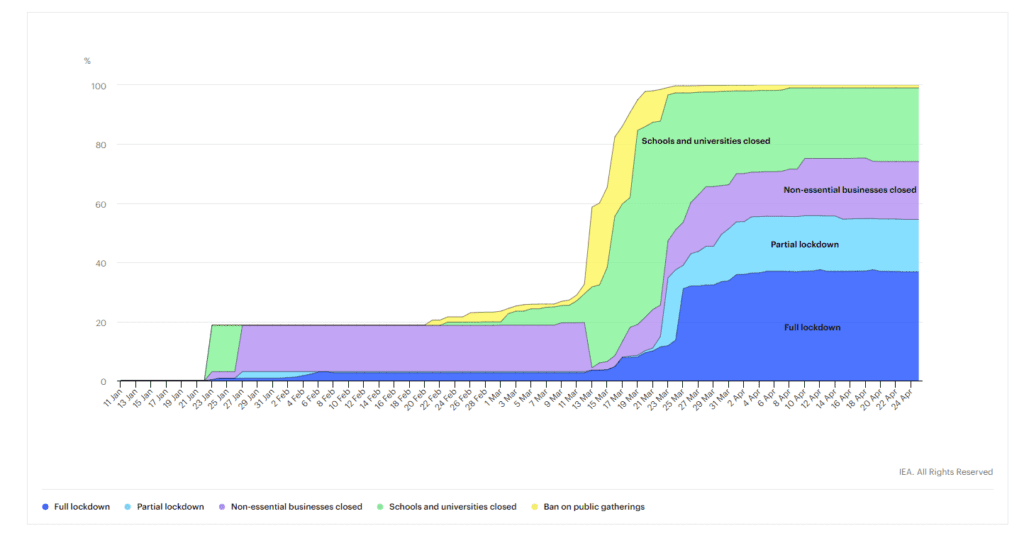
While people took shelter indoors across the globe, new questions arose regarding the safety of these environments. How could people be sure their indoor environments were properly ventilated, and safer than the great outdoors, and fresh air? In government and public buildings that remained operational despite the pandemic (hospitals, pharmacies, grocery stores, etc.), how could mechanical or natural ventilation, proper airflow, good air quality, ambient temperature, and other thermal comfort parameters be measured and managed to ensure the safety of customers and front-line workers alike, as a life-threatening virus spread?
Indoor Occupant Safety & Thermal Comfort
In the wake of worldwide policy responses to the Coronavirus pandemic, SimScale joined the conversation, adding value to it’s customers with helpful topical resources:
- Blog: The Importance of Ventilation Strategy Design for Mitigating COVID-19
- On-Demand Webinar: Simulate Ventilation for COVID Mitigation Strategies
These resources, of course, are only a few pieces of the puzzle when it comes to ensuring indoor occupant safety and comfort. Natural ventilation and mechanical ventilation are two dominating factors, and deciding which strategy to use for a particular design is crucial. Other examples of how cloud-based simulation ensures that designs of buildings and structures comply with recognized regulatory requirements can be found below:
- ASHRAE 55: Defines thermal comfort as “that condition of mind that expresses satisfaction with the thermal environment”, and is used primarily in the United States but is well known around the world as the standard for designing, commissioning, and testing indoor spaces and systems written in parallel with other well known international standards.
- EN-15251: There are two main thermal comfort standards that specify how to evaluate indoor environments for occupants of commercial and residential buildings: ASHRAE 55 and EN 15251. These provide HVAC system engineers with a clear set of requirements to meet in order to ensure a sufficient level of indoor thermal comfort and determine the optimal design configuration.
- ISO 7730: The ISO 7730 standards, derived from the calculation of the predictive mean vote (PMV) and the predicted percentage of dissatisfied (PPD) index, circumscribes the acceptable range of thermal conditions for human occupancy.
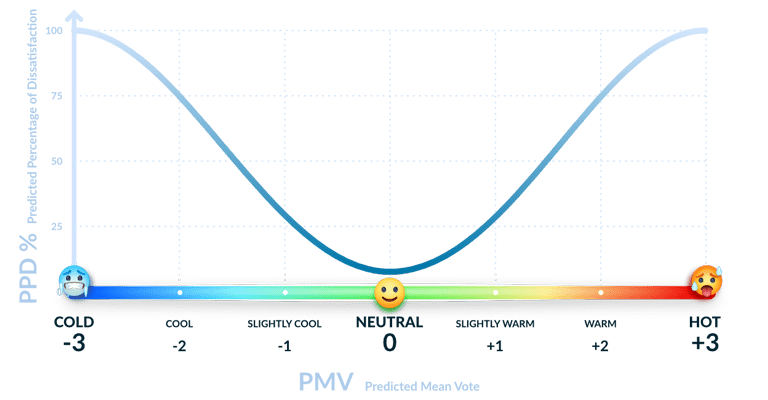
However, at SimScale we don’t only think ‘inside the box’, or inside the indoor environment, so to speak. There’s a whole world outside that equally merits engineering simulation (more than ever) to comply with existing and future regulatory standards. Additionally, SimScale’s range of analysis types can serve designers looking to maintain the health of pedestrians and the thermal comfort of passersby in and around the built environment.
Engineering Safety in the Outdoor Thermal Comfort Zone
As more people get vaccinated the light at the end of the tunnel, and the hope for a gradual return to ‘normality, seems to be getting closer. From an anthropological viewpoint, similar to the behavior of moths to flames, humans are being drawn to outdoor spaces once again; with a force. Lowered restrictions have created an effect where the outdoors are increasingly seen as the NEW (and improved?) indoors.
What were house parties are now socially distanced picnics, what were dates at cozy cafes are now moonlit strolls under the stars. In the US, stand-up comics have even taken to performing at oft-forgotten drive-ins (remember the good old days?). As the ‘new normal’ seems to cast a sepia-colored homage to what life was like in the ’50s and ’60s, don’t fool yourself into thinking engineering has followed suit (you could say it has basically taken a U-turn in a 1957 Chevrolet from this societal pivot). But more on engineering advances later.
This new norm encapsulates more than just a change in daily life and suggests an additional routine change. Euromonitor even predicts, “Businesses need to create their own outdoor oasis,” the report says. “Adaptation might become more complicated and costly depending on the weather, but open-air structures and heating and illumination systems will pay off due to heightened demand for safe venues and the aesthetic that could continue attracting consumers.” And this is just one report of the many theories/postulations of how humankind is re-claiming the outdoors for both business and leisure activities.
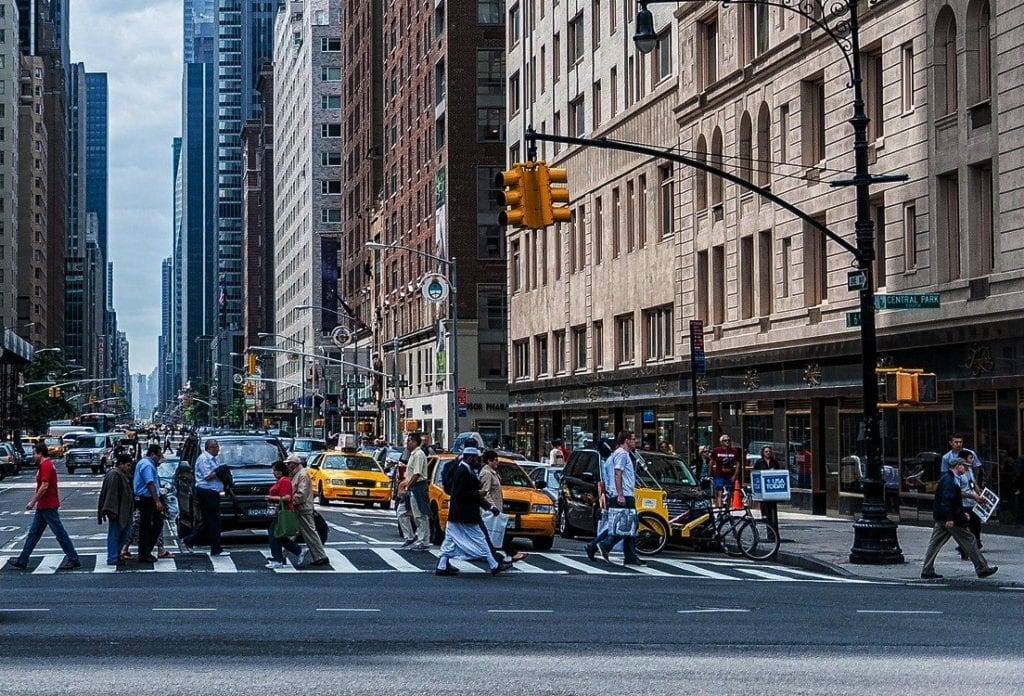
With lockdowns finally letting up and the public returning outside, existing problems have resurfaced amongst new ones; namely maintaining outdoor pedestrian safety measures and outdoor thermal comfort in the confines of this new normal. Many companies are designing buildings and even cities that will undoubtedly face extra scrutiny over their ability to provide a healthy environment and proper ventilation, but also face questions around how these new builds will face and withstand adverse effects from climate change.
While engineering solutions mitigating viral spread will likely remain a lucrative facet of the industry for years to come, other pressing factors have and will continue to emerge. The need to reduce energy waste and carbon emissions has never been greater. Natural and passive environmental design features, therefore, become critical for complying with sustainability initiatives. Whether sustainable design practices are aimed at the indoor or outdoor environment (or heat island reduction), it can be assumed a time of great economic boom for manufacturing and engineering is upon us.
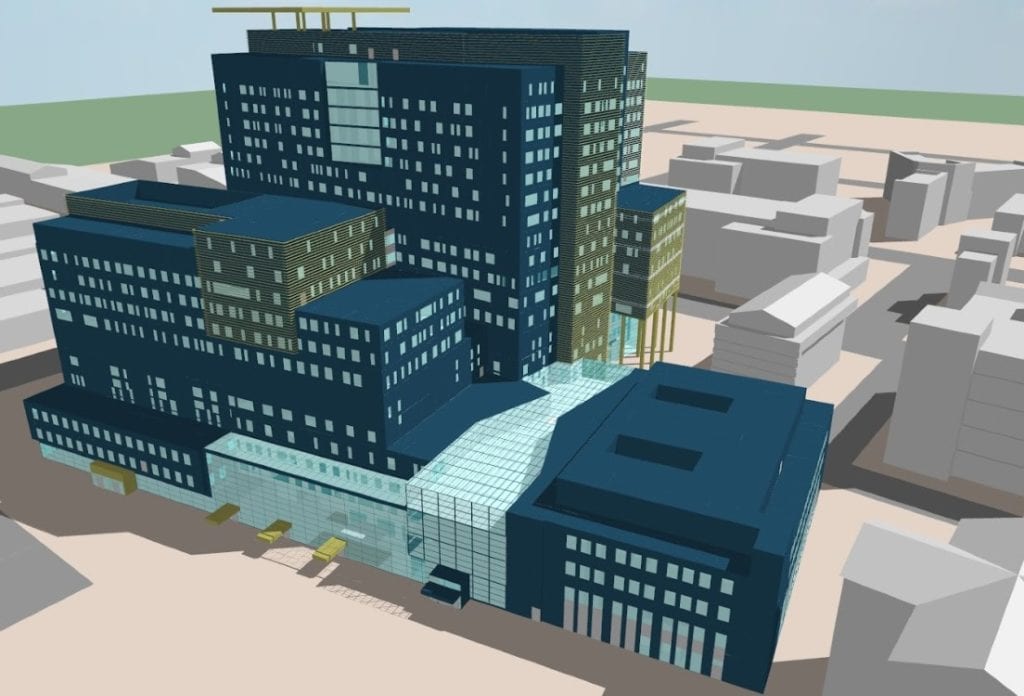
Looking at external environments, in particular, there are many parameters to be considered and optimized for sustainability, health and safety, and overall comfort. Outdoor comfort is influenced by environmental and more individually experienced physiological factors (i.e, temperature, humidity, wind, solar, a person’s activity [metabolic rate], and even their clothing [degree of insulation]). Engineers further define outdoor thermal comfort using the Universal Thermal Comfort Index (UTCI) that accounts for wind, solar radiation, temperature, and humidity to give an overall comfort score. The UTCI is an environmental physics construct that requires mathematical modeling and simulation to correctly calculate; not exactly a walk in the park. With all of these factors to consider, complex mathematical modeling is needed to understand their behavior, and how they are further affected by and interact with the built environment and beyond.
Engineering Simulation to the Rescue
SimScale Provides Cloud Coverage for Both Internal and External Comfort Analysis Types
As the safety of people and the maintenance of thermal comfort both indoors and outdoors has now taken center stage for the architecture, engineering, and construction (AEC) sector, how can engineers design, iterate, scale, and knock minutes off their time-to-market, to deliver solutions for their customers, and society at large?
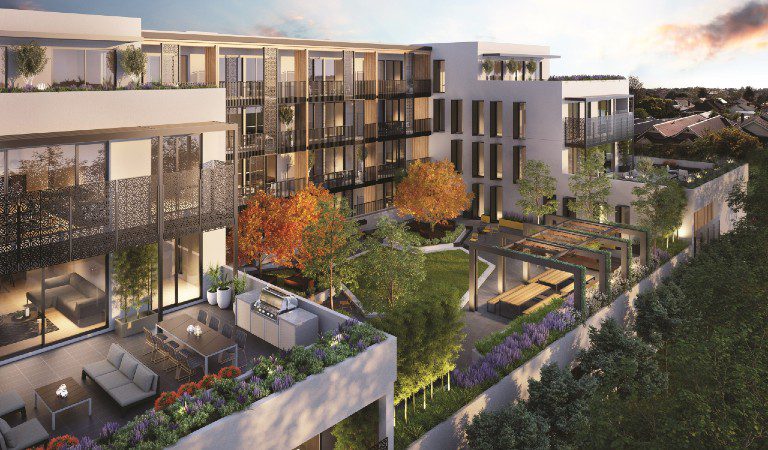
SimScale, the first-of-its-kind engineering simulation platform in the cloud, offers a solution. Our goal is to assist stand-alone professionals and companies in their process to create, iterate, and optimize the most innovative, safe, and sustainable designs that will, in turn, serve a greater purpose for mankind.
How, you ask? Through cloud-based CFD and FEA accessible from any web browser, with a range of solvers and unmatched scalability. SimScale has created the world’s first cloud solution for engineering simulation, in an easy-to-use platform to help architects, designers, and engineers alike optimize designs for the world’s NEW built environment. Engineers must adapt and learn how to evaluate and go beyond their respective thermal comfort zone. No matter what the next years may bring, we predict the forecast will call for Cloud.

